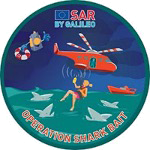The Return Link Service (RLS) is a re-assurance signal back to a new generation of search and rescue beacons to inform the user that their distress signal and location have been detected. This new capability is unique to the Galileo satellites, and it became globally operational in March 2021.
RLS (Return Link Service)
Technology Overview
What is the Return Link Service or RLS
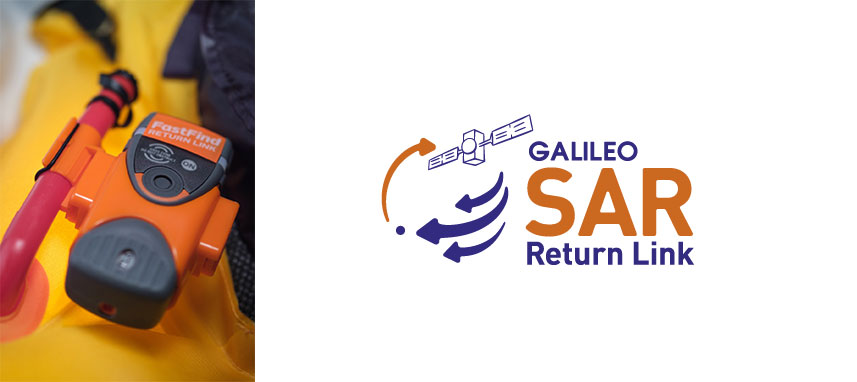
How does the Return Link Service contact the beacon to confirm distress detection?
The confirmation signal for Return Link Service will be the activation of a blue light on a new range of beacons, as the blue light is widely seen as being associated with the emergency services. The flashing blue light is sent around 10 minutes after confirmation that the distress signal has been detected and the beacons location independently located.
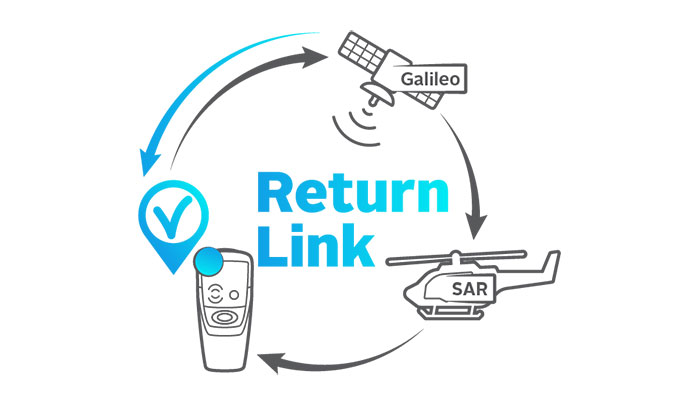
Who Manages the Return Link Service (RLS)?
The Galileo Return Link Service Provider based at CNES headquarters in Toulouse, where the Cospas-Sarsat French Mission Control Centre is also operated. This facility is in charge of the management of the Return Link Messages and their coordination with the Cospas-Sarsat network and with the Galileo Ground Mission Segment on the transmission of messages to the distress beacons through the Galileo E1 signal.
What Impact is the new Galileo Satellites having on Search and rescue?
The SAR community have long known the survival impact of dealing with a distress situation on your own, either as a solo adventurer or as a group that feels isolated due to lack of communication with the outside world. Knowing that others are aware of your situation can greatly improve your mental strength for the challenges you are facing.
Return Links reassurance signal will also reduce the chances of rash decisions taken by those who feel they have nothing to lose, like leaving the site of an accident or attempting to swim to safety. Knowing that SAR professionals know your situation and location will be an invaluable support. From a technical perspective the two-way interaction of the beacon helps reassure users, often unfamiliar with the technology, that it’s activated and doing what it needs to do.
What is the FastFind Return Link PLB?
Launched in January 2021, the Return Link is a new type of lifesaving distress beacon and the world’s first to offer RLS functionality. The FastFind Return Link PLB, utilises unique functionality generated by Galileo satellite constellations Return Link Service to send a signal back to the FastFind Return Link beacon confirming the users 406MHz distress alert has been received and Galileo GNSS location coordinates have been detected.
The FastFind Return Link has not yet been authorised as required by the rules of the FCC in the USA. This device is not, and may not be offered for sale in the USA, until authorisation is obtained.
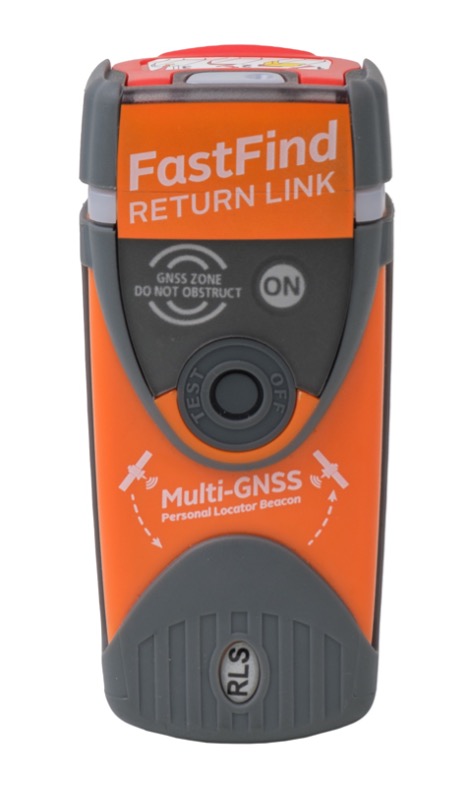
FastFind Return Link PLB

Will RLS feature only be available in PLBs?
The RLS feature will also be released as an EPIRB with an updated version of unique SmartFind & SafePro AIS EPIRB range.
If I have an existing beacon with Galileo GNSS, will it now have access to RLS?
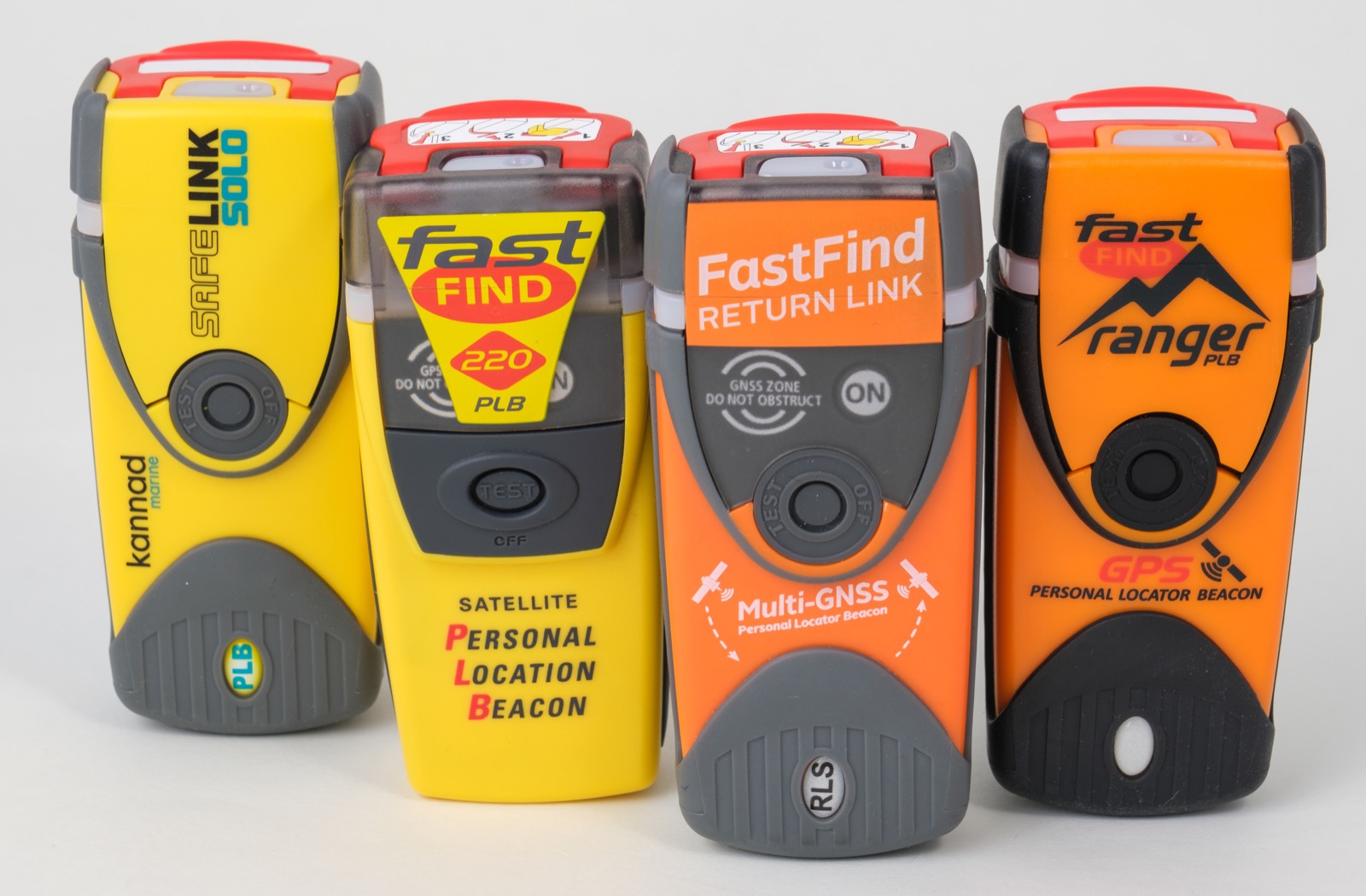
Unfortunately, the components and specifications required to provide RLS aren’t backward compatible and will require an RLS enabled beacon, such as the new FastFind Return Link, to be accessible. The existing range of EPIRBs and PLBs with multi constellation GNSS including Galileo still offer incredible accelerated detection capacities but don’t have the reassurance signal.
Does Galileo replace GPS capabilities in rescue beacons?
No, Galileo is the European equivalent of the USA’s GPS system. It adds significant extra global detection for beacons and precision location detection GNSS capabilities working alongside the existing GPS and Russian Glonass constellations.
How does the Return Link Service contact the beacon to confirm distress detection?
Operation Shark Bait was a live rescue demonstration organised by the European Commission that has helped create a clear user case for adopting beacons that access the latest search and rescue capabilities, without having to be fully versed on the technicalities of satellite frequencies.
Operation Shark Bait placed a volunteer in a lifeboat off the Belgium coast with a Galileo enabled FastFind 220 PLB (2019). The subsequent 406 MHz signal from the PLB was detected by the search and rescue payloads on Galileo and the data relayed to the Toulouse centre of French space agency CNES, then to the Belgium’s Maritime Rescue Coordination Centre, based in Oostende where the location coordinates are shared with the helicopter / boat.
Operation Shark Bait alert detection, location confirmation and notification process took just three minutes 32 seconds, whereas before the development of MEOSAR and Galileo deployment this process could have required up to 1 to 4 hours to complete.
The education significance of this project has been invaluable, both to understanding the impact of the investment in the MEOSAR program to upgrade Cospas Sarsat and the joint effect of the new Galileo satellite constellation and the precision of the first generation of Galileo enabled beacons.
